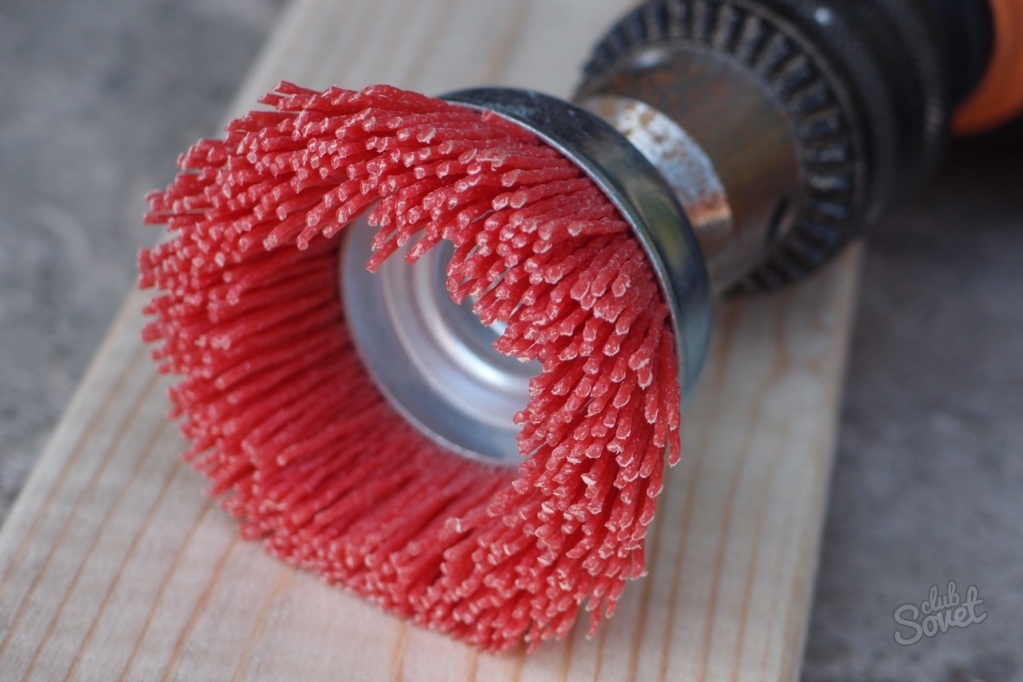Vintage wooden products with a faded surface, textured jar and openwork grooves, left-wing, are distinguished by special luxury and charm. Affected business, the natural process of aging wood takes many years. However, if desired, the tree can be artificially. There are several techniques, thanks to which you can independently give new wooden things a spectacular antique look.
Chemical processing is ideal for artificial composition of hardwood wood:- To begin with, wooden blanks are thoroughly cleaned from stains and contaminants.
- To make a natural wood pattern more textured and volumetric, the boards are alternately treated with large and fine-grained emery paper.
- Next, the polished tree is wiping with a rag or a sponge, impregnated in the ammonia alcohol or a different alkaline solution. As a result of such a simple processing of the workpiece, the noble darkening is acquired.
- Finishing varnishing with a transparent icing will give the prepared wooden products a rich overflowing gloss.

- Wooden parts purified from stains and dust are burned with a soldering lamp or a gas burner before the appearance of light nagar.
- Next, the charred wood is manually treated with a metal / wire brush, then cleaned with shallow emery skurt.
- To emphasize the beauty and texture of wood, the products are covered with a neutral shade venge. For applying a solution, a soft clean sponge, depressions and other hard-to-reach areas are scratched with a brush.
- The final stage of processing of blanks is the application of decorative ancient wax. The paste rubbed into the tree with circular movements with the help of woolen cloth.

- preparation of wood and rough sample of soft fibers;
- grinding and polishing blanks;
- toning and varnishing prepared parts.
An important nuance! For machining, it is recommended to use soft rocks with a pronounced patterned texture - pine, spruce, fir, larch, lime, ash or nut.

- Before starting work, be sure to protect the equipment: a high-quality respirator, plastic glasses and tight gloves will protect you from wood dust and flying particles of metal bristles.
- It is advisable to organize a workplace in such a way that the rays of light are directed perpendicular to wood fibers.
- In the process of work, avoid strong pressure on the surface being processed, the pressure on the tool must be moderate.
- Before the direct braching, new brush nozzles need to "ride", otherwise wooden billets will cover the small darous "Mahra".
- The movements of the brush must be directed along the rigid wood fibers, with the transverse processing you can spoil the natural beauty of the annual rings.
On a note! For greater naturalness, the product can be decorated with "wormworms". To do this, with the help of a stupid core or sewn in the wood, the border breaks through shallow holes.
In the third stage of the brush, wood tinting is performed. In order to give the billets a natural aged form, they are painted with a veneer or acrylic paint of dark shades. First, the selected paint and varnish agent is abundantly applied to the wooden surface, then immediately remove its surplus with a rag or rubber spatula. Thanks to such tinting techniques, the saturated dark shade, and the protrusions, the so-called "ridges", are acquired, remain lighter. After a complete drying, the product is covered with a transparent protective impregnation or acrylic varnish.To simulate the aging of the wood, will have to stock up of rapid patience. Such work does not tolerate fuss and hurry. However, the result is worth it - artificially aged tree looks unlikely beautiful, spectacular and kindly.


































